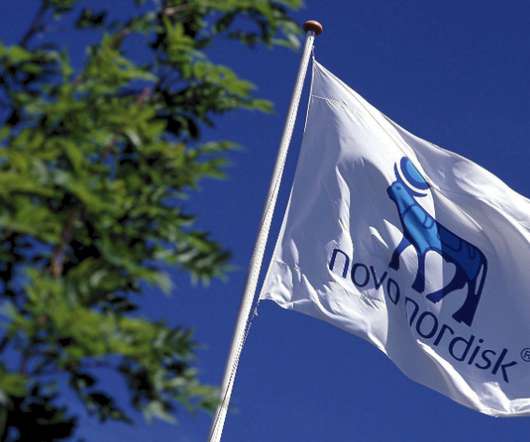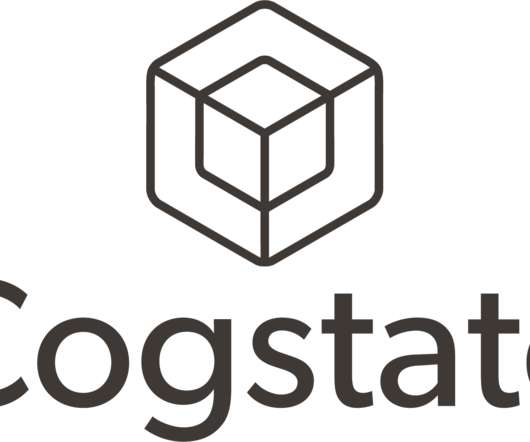Novo Nordisk bulks up in rare diseases with $1.2bn Prothena deal
pharmaphorum
JULY 13, 2021
In ATTR amyloidosis, transthyretin (TTR) protein misfolds and accumulates as amyloid deposits throughout the body. In 2019, for example it agreed to work with Dicerna on gene-silencing for liver-related cardio-metabolic disease in a deal that involved a $225 million upfront payment.













Let's personalize your content